Physical Address
304 North Cardinal St.
Dorchester Center, MA 02124
Physical Address
304 North Cardinal St.
Dorchester Center, MA 02124
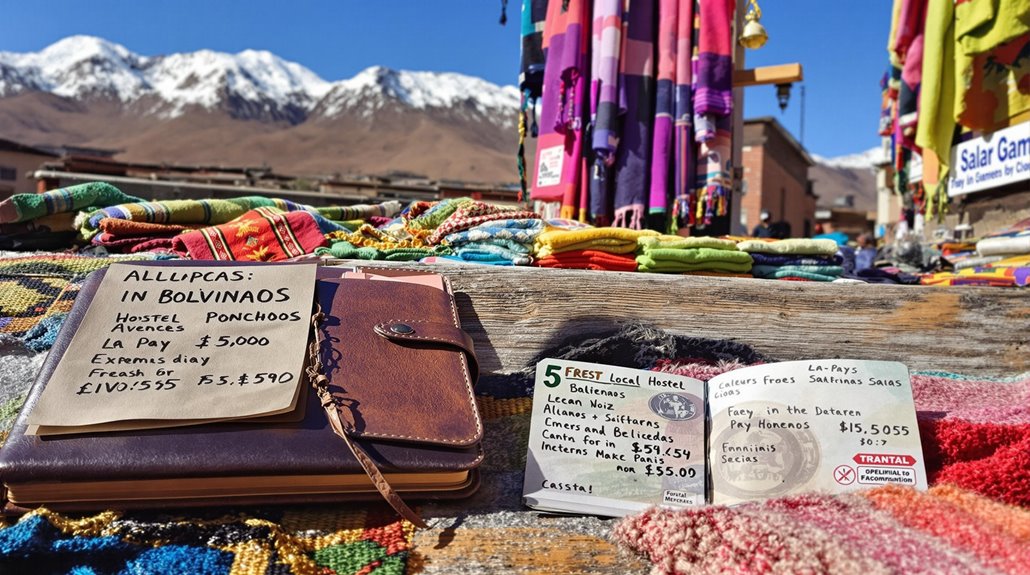
Budget-savvy travelers can explore Bolivia's wonders for as little as $176 per week, but actual costs depend on your preferred style.
You'll need between $176-$1,089 for a week in Bolivia, with most travelers spending around $440. Your daily costs will vary considerably based on your travel style: budget travelers can get by on $25-$50, mid-range on $63-$100, and luxury travelers should plan for at least $156. This includes accommodation, transportation, meals, and activities like Salar de Uyuni tours. Understanding the breakdown of these expenses will help you plan the perfect Bolivian adventure.
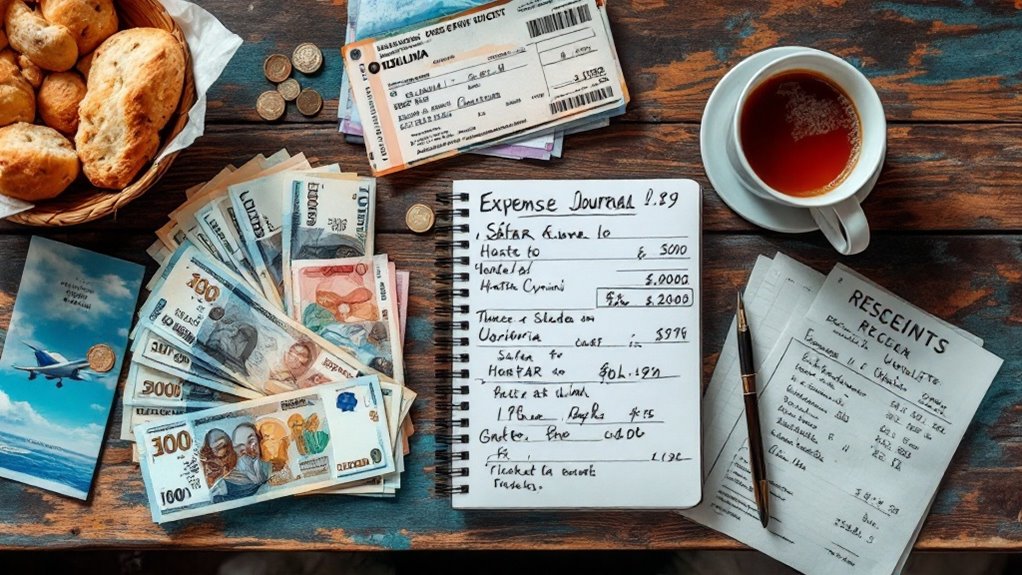
Five distinct cost brackets characterize travel expenses in Bolivia, making it one of South America's most budget-friendly destinations.
You'll discover that budget travelers can get by on $25-$50 daily, while mid-range comfort seekers typically spend between $63-$100 per day. If you're planning a luxury experience, expect to budget at least $156 daily.
For an extensive week-long trip, you'll need between $176-$1,089 per person, with the average traveler spending around $440-$442.
When traveling as a pair, your total costs will likely fall between $884-$2,178, depending on your preferred style of travel.
These prices include essential expenses like accommodation, meals, transportation, and activities, making Bolivia an accessible destination for various budget levels. Travelers seeking organized tours should prepare to spend around $244 per day for guided experiences.
Looking beyond overall trip costs, you'll uncover Bolivia offers an impressive range of accommodation options to match any budget or travel style.
For budget travelers, hostels provide dorm beds at $8-15 per night, while private rooms run $20-25. Mid-range hotels typically cost $50-90 per night in major cities, with prices jumping 30-50% during the July-August high season.
You'll encounter unique stays like salt hotels in Uyuni for $46-70 and Amazon jungle lodges ranging from $70-200 per night. For outdoor enthusiasts, Colibri Camping offers tent pitching for $7 near La Paz.
If you're planning an extended stay, consider apartment rentals at $300-500 monthly in urban centers, often including utilities.
For the best value, look into family-run alojamientos, which offer private doubles for $20-40 nightly with basic amenities like Wi-Fi and shared kitchens.
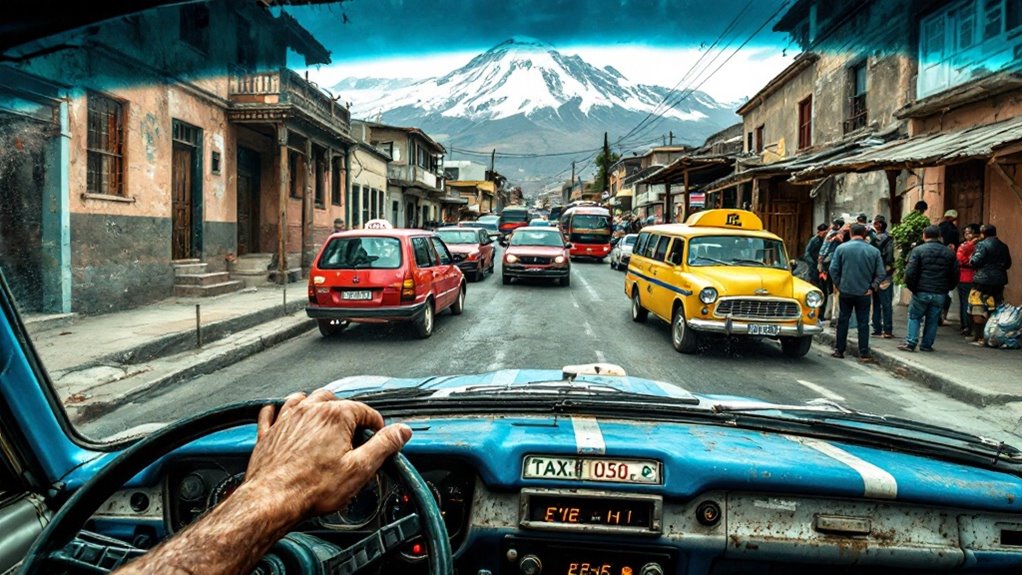
Transportation costs in Bolivia remain remarkably affordable across multiple options, from budget-friendly local buses to domestic flights connecting major cities.
Bolivia offers some of South America's most budget-friendly transportation, with options to suit every traveler's needs and wallet.
You'll discover that local buses cost just $0.30-1 per ride, while taxis run $2-6 within cities, though you might pay double as a tourist. For longer journeys, intercity buses offer excellent value at $5-20 per trip, and domestic flights typically range from $70-120 one-way. Public transportation tickets typically cost between $0.50 and $1.50 for a single journey.
Dining costs in Bolivia range dramatically from ultra-budget street food to high-end restaurants, with most travelers spending between $5-25 per day on meals.
You'll discover incredible bargains at local street markets, where salteñas and burgers cost just $1-2, while set lunch menus (almuerzos) at casual restaurants run $3-5.
If you're self-catering, expect to spend $30-50 weekly on groceries, with staples like rice, eggs, and bread costing under $1 per pound. With current food inflation rate 19.24%, budget-conscious travelers should plan for potential price increases during their stay.
To keep your food budget in check, shop at open-air markets, avoid tourist-heavy areas where prices can double, and try local comedores instead of Western-style restaurants.
Remember that cities like Santa Cruz and tourist hubs like La Paz typically charge more than rural areas, especially for imported items.
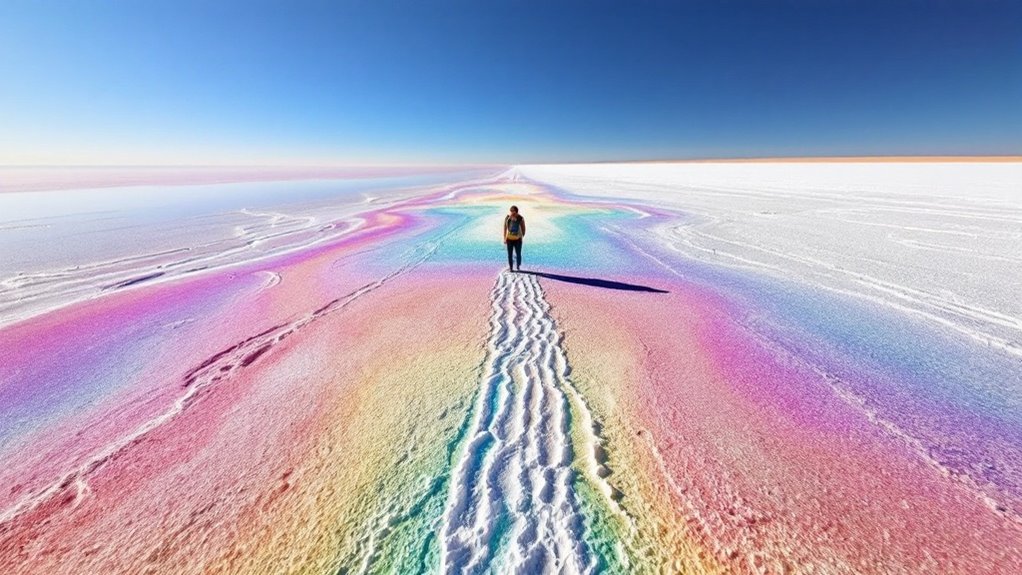
While Bolivia offers countless adventures, budgeting for activities requires careful planning to maximize your experience.
You'll discover both high-end tours and budget-friendly options throughout the country, with many iconic attractions being surprisingly affordable. The popular National Reserve entrance costs around €40, making it a worthwhile investment for nature enthusiasts.
The must-see Salar de Uyuni can be explored through an extensive 3-day tour for $175-200, while cultural experiences like visiting Sucre's museums often cost less than $5.
Choosing the right season for your Bolivian adventure can greatly impact both your budget and overall experience.
You'll discover the best weather but highest prices during the dry season (May-October), when accommodation rates jump 20-30% and flights cost 15-25% more than usual.
If you're looking to save money, consider visiting during the wet season (December-March), when you'll discover hotel rates and tour prices reduced by 10-15%, though some attractions like the Salar de Uyuni may have limited access.
The shoulder seasons (April and November) offer an excellent compromise, combining moderate prices with fewer travelers and pleasant weather.
Visit Bolivia in April or November to enjoy balanced weather, reasonable prices, and thinner crowds.
For additional savings, book mid-week flights, which typically cost 10-15% less than weekend departures, and look for multi-night hotel discounts during off-peak periods.
Budget travelers should note that basic hostel accommodations average just £14.75 per night, making Bolivia one of South America's most affordable destinations.
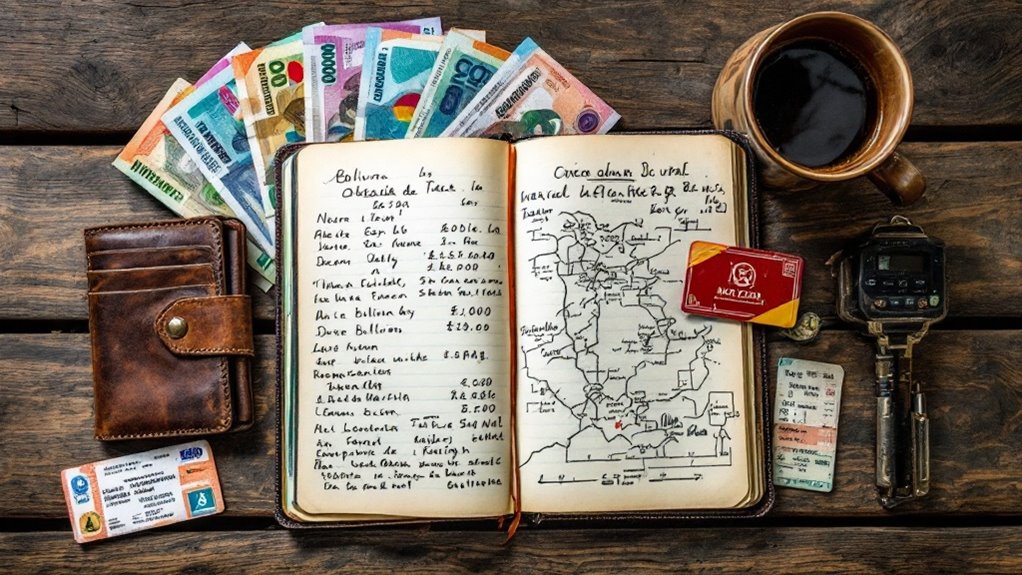
To maximize your budget while exploring Bolivia, savvy travelers can employ several money-saving strategies that'll stretch their dollars further.
Finding affordable accommodation emerges as one of the most impactful ways to reduce your travel costs, with local inns and budget guesthouses offering significant savings compared to mainstream hotels. Self-catering apartments and Airbnb options provide excellent value at just B$160 per night.
These accommodation choices can help you maintain a comfortable stay while keeping your budget in check throughout your Bolivian adventure.
Beyond basic accommodation and food costs, savvy travelers must account for several essential extra expenses that can greatly impact their Bolivian travel budget.
You'll need to factor in transportation costs, which can range from $5-20 for intercity bus rides to $80-150 for domestic flights between major cities.
Communication expenses should also be considered, with local SIM cards costing $5-10 for 1-2 GB of data, while activity fees can considerably add up. Having small change is crucial since breaking large bills can be difficult in rural areas.
Popular excursions like Salar de Uyuni tours ($100-200) and Amazon rainforest trips ($150-300) require careful budgeting.
Don't forget to include entrance fees to attractions ($10-20) and guided experiences like Death Road cycling ($50-100).
If you're planning to explore multiple sites, consider a tourist transportation pass ($100-200/week) for cost-effective travel between destinations.
Traveling in Bolivia for a week can fit most budgets, from modest backpacker expenses around $300 to more comfortable stays approaching $800. You will discover that your financial commitment depends largely on your chosen lifestyle while exploring this South American gem. By following the money-saving strategies outlined above and being selective with your activities, you can craft an unforgettable Bolivian adventure without letting your wallet feel too light.